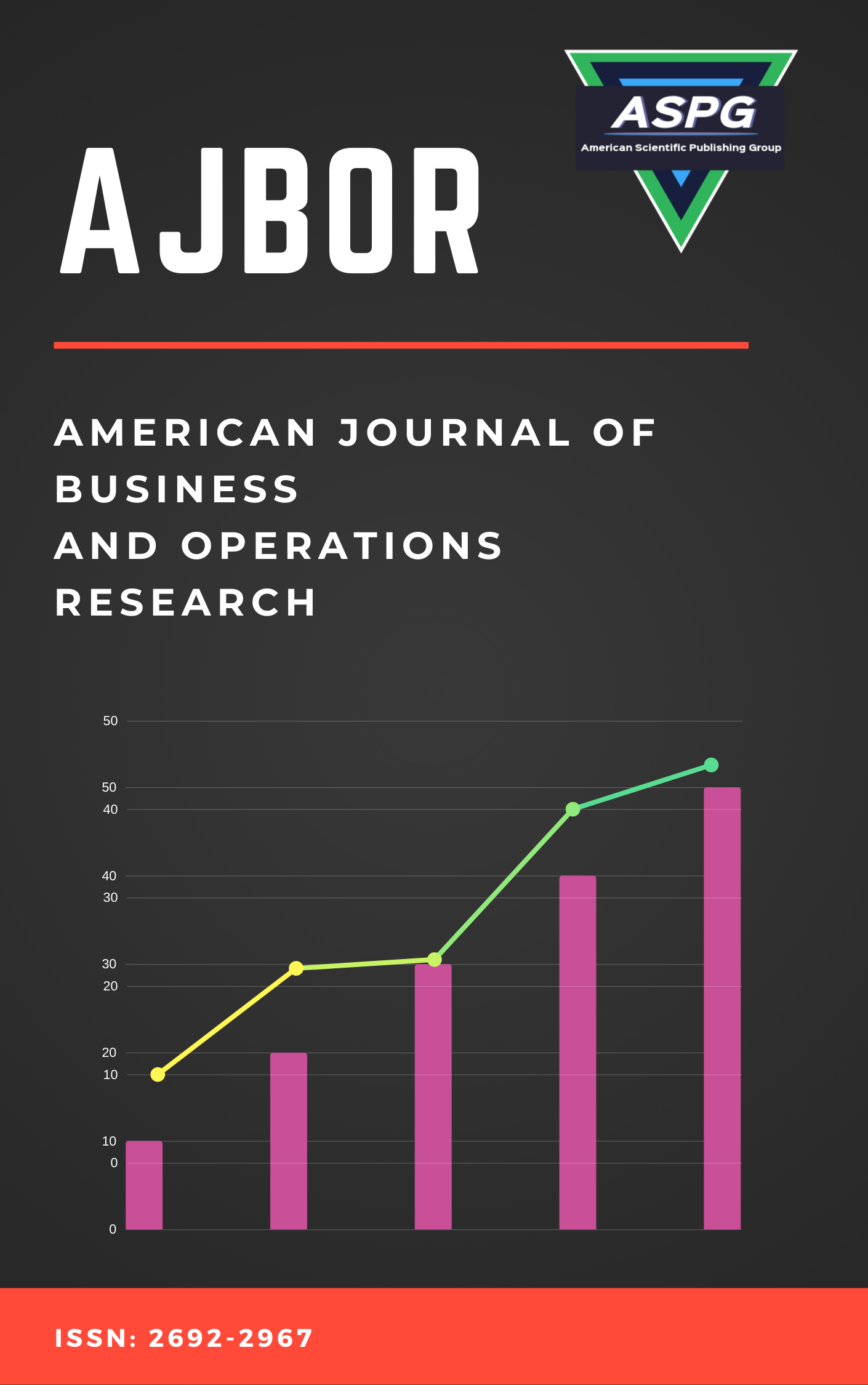

Volume 12 , Issue 2 , PP: 85-95, 2025 | Cite this article as | XML | Html | PDF | Full Length Article
Farkhod Abdurakhmonov 1 * , Aziza Kurbanova 2
Doi: https://doi.org/10.54216/AJBOR.120207
This study explores the economic implications of international migration dynamics in Central Asia over the past two decades. It provides an advanced analysis of migration patterns, identifying key destination trends and the economic, demographic, and political factors shaping these movements. Employing 24 years of panel data and econometric analysis using the OLS model, the research examines how variables such as GDP per capita, unemployment rates, inflation, and population growth influence migration flows across the region. Additionally, it assesses the impact of political stability on migration decisions and highlights the role of international organizations and regional cooperation frameworks in managing migration for economic development. The findings offer insights for policymakers aiming to harness migration as a driver of sustainable economic growth and regional integration.
Economic Implications , Sustainable Economic Growth , The International Organization for Migrants , Central Asia , International Migration , Labour shortage , Demographic factor
[1] IOM, "World Migration Report 2022," M. McAuliffe and A. Triandafyllidou, Eds. International Organization for Migration (IOM), Geneva, 2024. [Online]. Available: https://publications.iom.int/books/world-migration-report-2022.
[2] IOM, "World Migration Report 2024," M. McAuliffe and L.A. Oucho, Eds. International Organization for Migration (IOM), Geneva, 2024. [Online]. Available: https://publications.iom.int/books/world-migration-report-2024.
[3] S. Khashimov, R. Zhandayeva, K. Nuranova, and Z. Aisarina, "Introducing the Central Asia Migration Tracker," Oxus Society for Central Asian Affairs, 2022.
[4] IOM, "Migration Situation in Uzbekistan: Compilation Report (April-September 2023)," 2025. [Online]. Available: https://uzbekistan.iom.int/sites/g/files/tmzbdl2566/files/Publications/uzbekistan-migration-situation-report-quarterly-compilation-apr-sep-2023_updated-2.pdf.
[5] L. Delovarova, O. Shkapyak, and F. Kukeyeva, "Migration Processes in Central Asia: Main Directions and Key Issues of Regional System," Middle-East Journal of Scientific Research, vol. 15, no. 11, pp. 1505-1510, 2013. doi: 10.5829/idosi.mejsr.2013.15.11.11580.
[6] UNDP, "Labour Migration, Remittances, and Human Development in Central Asia," Central Asia Human Development Series, 2015. [Online]. Available: https://www.undp.org.
[7] C. Incaltarau, I. Sharipov, G.C. Pascariu, and T.L. Moga, "Growth and Convergence in Eastern Partnership and Central Asian Countries Since the Dissolution of the USSR—Embarking on Different Development Paths?" Development Policy Review, vol. 40, no. 1, p. e12547, 2022. doi: 10.1111/dpr.12547.
[8] World Bank, "Migration and Remittances: Recent Developments and Outlook," 2021. [Online]. Available: https://www.worldbank.org.
[9] M.A. Clemens, "Economics and Emigration: Trillion-Dollar Bills on the Sidewalk?" Journal of Economic Perspectives, vol. 25, no. 3, pp. 83–106, 2011. doi: 10.1257/jep.25.3.83.
[10] S. Castles, H. de Haas, and M.J. Miller, The Age of Migration: International Population Movements in the Modern World, 6th ed. Red Globe Press, 2020.